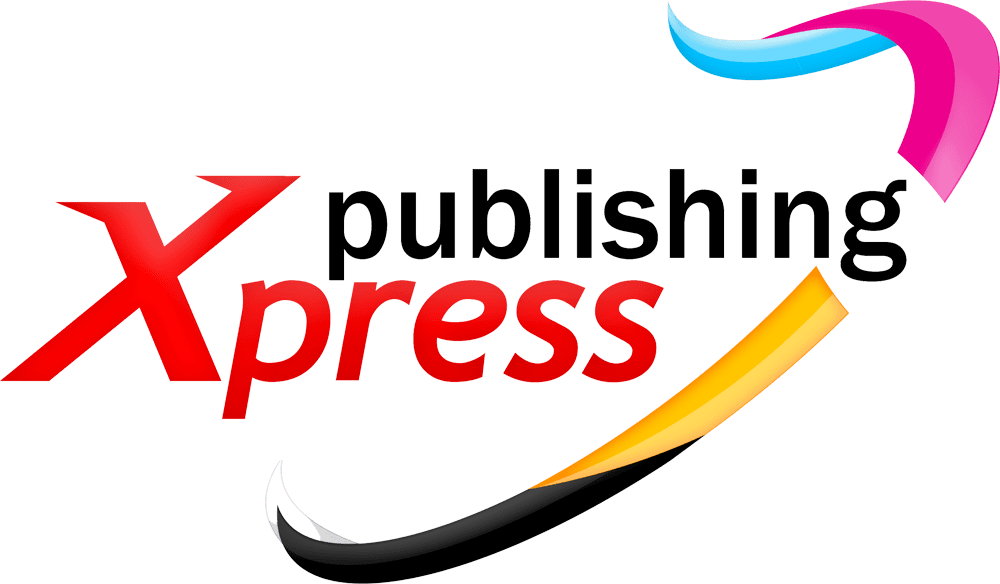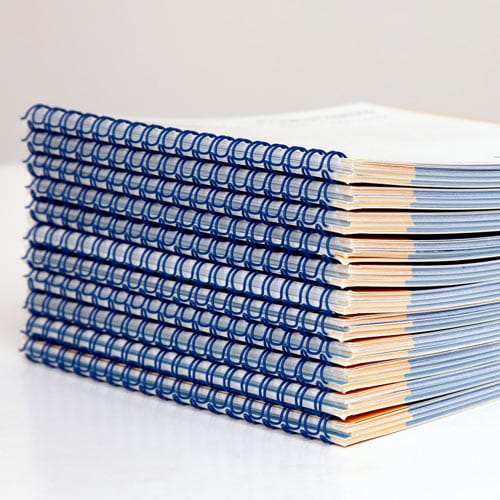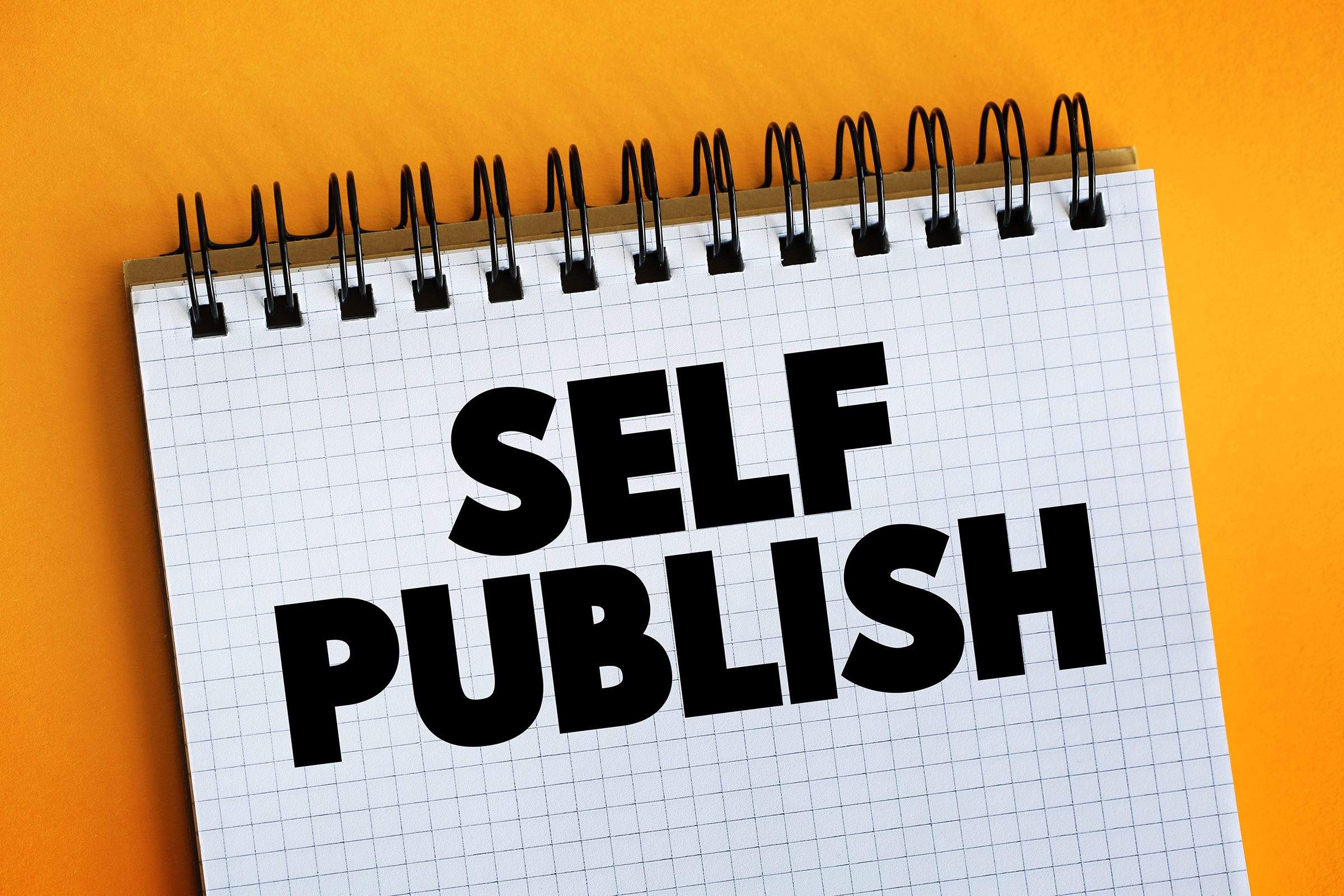Info
At Publishing Xpress, we specialize in printing multipage documents from 8 pages to over 600 pages for a wide range of clients, including companies, individuals, nonprofit organizations, and schools. We print a large assortment of products, including books, catalogs, art books, annual reports, association directories, calendars, children’s books, church directories, college journals, college textbooks, yearbooks, comic books, convention workbooks, cookbooks, family history books, journals, magazines, literary magazines, manuals, membership directors, memory books, newsletters, motivational books, novels, photo books, poetry books, product manuals, program booklets, seminar workbooks, souvenir books, special event fundraising booklets, team sports books, training manuals, and workbooks.
Please check out our Book Printing Ideas page for more information. With our numerous options, including four standard finished sizes and any number of custom sizes, four binding styles, many paper choices, lamination on covers, fast turnaround, and low printing prices, we hope you’ll consider Publishing Xpress for your next printing project.
Top Tips for Effective Wire-o Printing and Binding
Wire-o printing, also known as wire-o binding, uses metal wire loops to bind documents by threading them through holes punched along the document’s edge. This method provides a durable and flexible binding solution with a professional look. In this article, we’ll cover what wire-o printing is, its key benefits, practical applications, and tips on customizing your wire-o bound book.
Key Takeaways
- Wire-o binding uses metal wire loops for a flexible, durable bind that allows books to lay flat and pages to turn 360 degrees.
- This binding method is great for various applications like workbooks and cookbooks, offering a professional look and exceptional durability.
- Customization options, from cover finishes to paper stocks, enhance both the aesthetics and functionality of Wire-o bound books.
What Is Wire-o Binding?
Wire-o binding is a binding method where holes are placed in the left margin of a document, and round black wire loops are inserted through these holes to bind the pages together. This technique is often referred to by various names such as twin loop, double loop, or simply wire binding. The metal wire loops are twisted into shape, securing the pages firmly yet allowing for flexibility, making them wire bound.
One of the standout features of wire-o binding is its use of metal wire. These metal loops come in various colors, providing both durability and a touch of elegance to your documents. This method does not require adhesives or folded signatures, making the process straightforward and efficient.
Wire-o binding offers practical benefits like books that lay flat when opened, ideal for note-taking or easy reading. Additionally, the pages can turn a full 360 degrees, providing unmatched convenience and usability.
Benefits of Wire-o Bound Books
Wire-o bound books present a polished and professional appearance, making them perfect for business presentations, portfolios, high-end reports, and wire bound books and bound documents.
Another significant advantage is durability. Wire-o binding withstands frequent handling, suitable for workbooks, journals, and cookbooks. The robust wire binding keeps pages intact, even with constant use.
Wire-o binding is versatile, suitable for documents like cookbooks that need to stay open on the kitchen counter or workbooks that lie flat during study sessions. Its ability to open flat and allow easy page turning makes it a favorite for many printing projects.
Ideal Applications for Wire-o Binding
Wire-o binding is a versatile method with a wide array of applications. Known as twin loop or double-loop binding, it uses metal wire to connect pages and covers, adaptable to various paper weights, including duo wire and double o options.
A standout feature of wire-o bound books is their ability to lay flat effortlessly. This is useful for workbooks, journals, and other documents requiring frequent page turning and ease of use. Imagine a journal staying open while you jot down thoughts or a workbook remaining flat during study sessions—wire-o binding provides such convenience.
Another strong suit of wire-o binding is durability. It’s often chosen for catalogs, directories, and instructional manuals that endure frequent handling. These documents need to withstand wear and tear, and wire-o binding ensures they maintain their integrity over time.
Customizing Your Wire-o Bound Book
Customizing your wire-o bound book offers numerous possibilities. Consider the cover first. Lamination options like gloss, soft touch, leather, and linen finishes not only protect your book but also enhance its visual appeal. A glossy cover can give a sleek, modern look, while a soft touch finish adds luxury.
Printed tabs and index tabs make navigating your wire-o bound book easier by organizing content for quick and easy access to different sections. Imagine flipping through a cookbook and instantly finding the dessert section thanks to well-placed printed tabs.
Another exciting aspect of customization is choosing custom size based on project requirements. Whether you need a compact booklet or a larger manual, wire-o binding accommodates various dimensions, making your project unique and tailored to your needs.
Recommended Page Range and Paper Stocks
Understanding the recommended page range and paper stocks is crucial for wire-o binding. Suitable for documents with 8 to 600 pages, wire-o binding offers flexibility for both thin booklets and thick manuals, catering to diverse needs.
For books intended for writing, such as journals or workbooks, uncoated paper is popular. Paper stocks like 60# and 70# provide a smooth writing surface that doesn’t smear with markers, ensuring crisp and clear writing, enhancing the user experience.
Selecting the right paper stock is about both functionality and aesthetics. The choice of paper affects the look and feel of your wire-o bound book, making it integral to design and usability.
Designing for Wire-o Binding

Designing for wire-o binding requires key considerations to ensure a professional and functional final product. Margin size is crucial. Leave a 3/4 inch margin on the bound side and 1/2 inch margins on the other three sides to prevent the wire binding from interfering with page content.
Keep important text and graphics at least 0.4 inches away from the bound edge to prevent obstruction from hole punches, ensuring your design remains intact and readable.
Following these design guidelines ensures wire-o bound books that are aesthetically pleasing and highly functional. Small design adjustments significantly improve the overall quality and usability of your wire-o bound book.
How to Order Wire-o Printing
Ordering wire-o printed books is straightforward, with a few key points to keep in mind. Most providers require a minimum of 25 copies for book printing wire-o printing orders to justify setup costs and ensure consistent quality across all copies.
Wire-o books come in various sizes to cater to different needs. Standard sizes include 5½ x 8½, 6 x 9, 8½ x 11, and 9 x 12, but they can be printed up to 11 x 17. This flexibility lets you choose the size that best fits your project requirements.
Start by listing some customization options like cover lamination during the ordering process to ensure your bound book printing wire-o bound book meets your needs. Online ordering systems make it easy to submit print jobs and make necessary adjustments, streamlining the process.
Customer Experiences with Wire-o Printing
Customer experiences with wire-o printing are overwhelmingly positive. Testimonials highlight exceptional customer service, noting the responsiveness and helpfulness of staff throughout the printing process. This support ensures any issues or questions are promptly addressed, making the experience smooth and hassle-free.
Another frequently mentioned benefit is efficiency. Many users receive their orders faster than expected, a significant advantage for tight deadlines. The convenience of an online ordering system simplifies the process, allowing customers to submit print jobs and make adjustments easily using a popular method.
Overall, positive feedback underscores the high quality and reliability of wire-o bound books. Customers appreciate the durability, functionality, and professional appearance of their finished products, making wire-o binding a favored choice for various printing projects.
Summary
Wire-o binding stands out as a versatile and reliable method for creating professional, durable, and user-friendly documents. From the sleek appearance and customization options to the practical benefits of laying flat and easy page turning, wire-o bound books offer a host of advantages that make them an excellent choice for a wide range of applications.
Whether you’re looking to print a workbook, journal, catalog, or any other type of document, wire-o binding provides the perfect blend of functionality and aesthetic appeal. Explore the possibilities of wire-o binding for your next project and experience the difference it can make.
Frequently Asked Questions
What is wire-o binding?
Wire-o binding lets your documents open flat and pages turn all the way around, thanks to round black wire threaded through holes in the left margin. It’s a solid choice for anything from presentations to books.
What is the page range for documents that can be printed with wire-o binding at Publishing Xpress?
You can print documents with wire-o binding at Publishing Xpress if they have between 8 and 600 pages. It’s pretty flexible!
What types of documents are suitable for wire-o binding?
Wire-o binding works great for things like workbooks, cookbooks, journals, catalogs, and directories. It’s perfect for documents that need to lay flat or flip easily!
What is a recommended margin size for books using wire-o binding?
For wire-o binding, stick with a 3/4 inch margin on the bound side and 1/2 inch on the other three sides. This will help keep everything looking sharp!
What paper stocks are recommended for books that will be written in?
Uncoated paper stocks like 60# and 70# are great for writable books since they prevent smearing with markers. You’ll enjoy a smoother writing experience!






